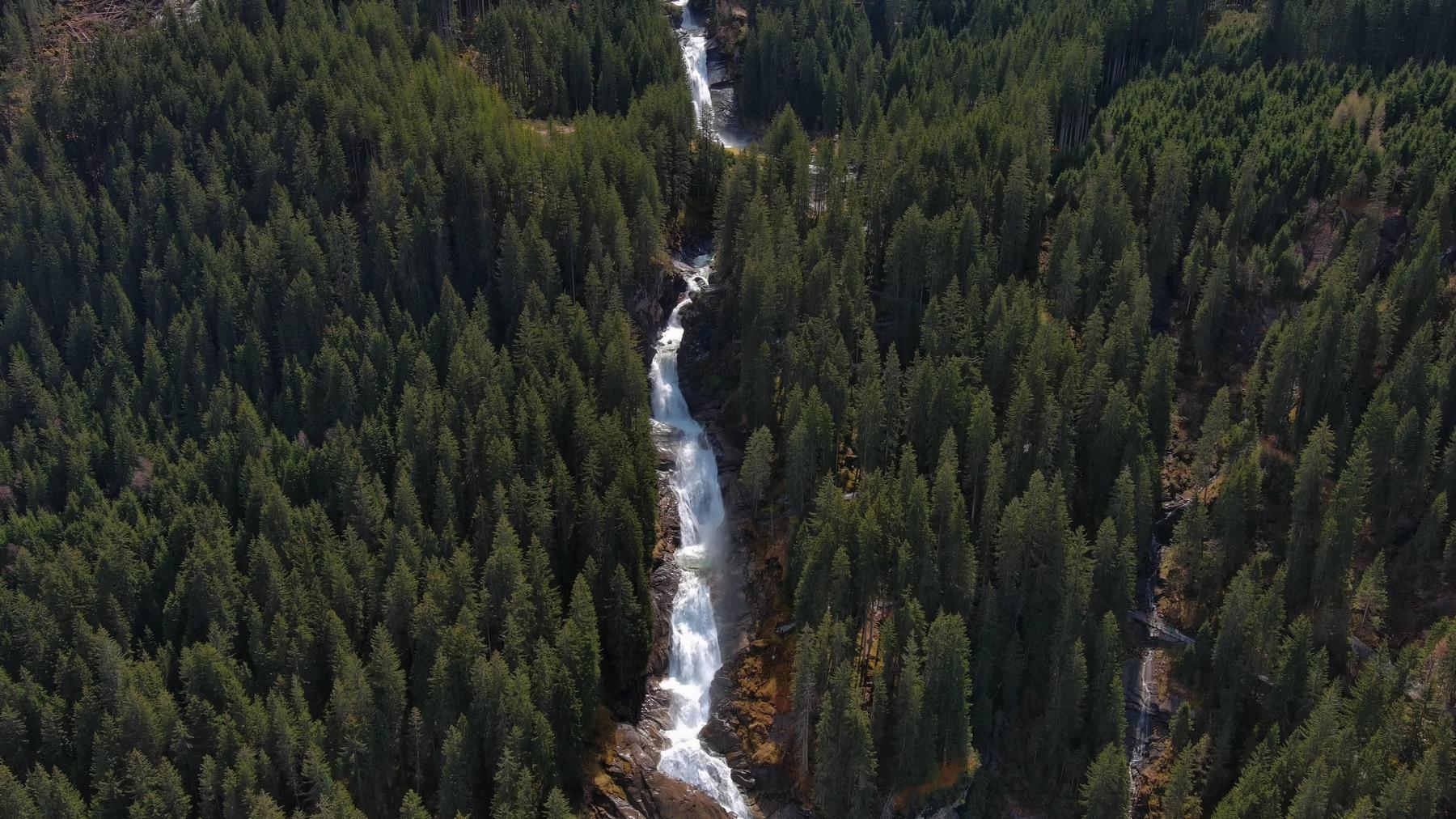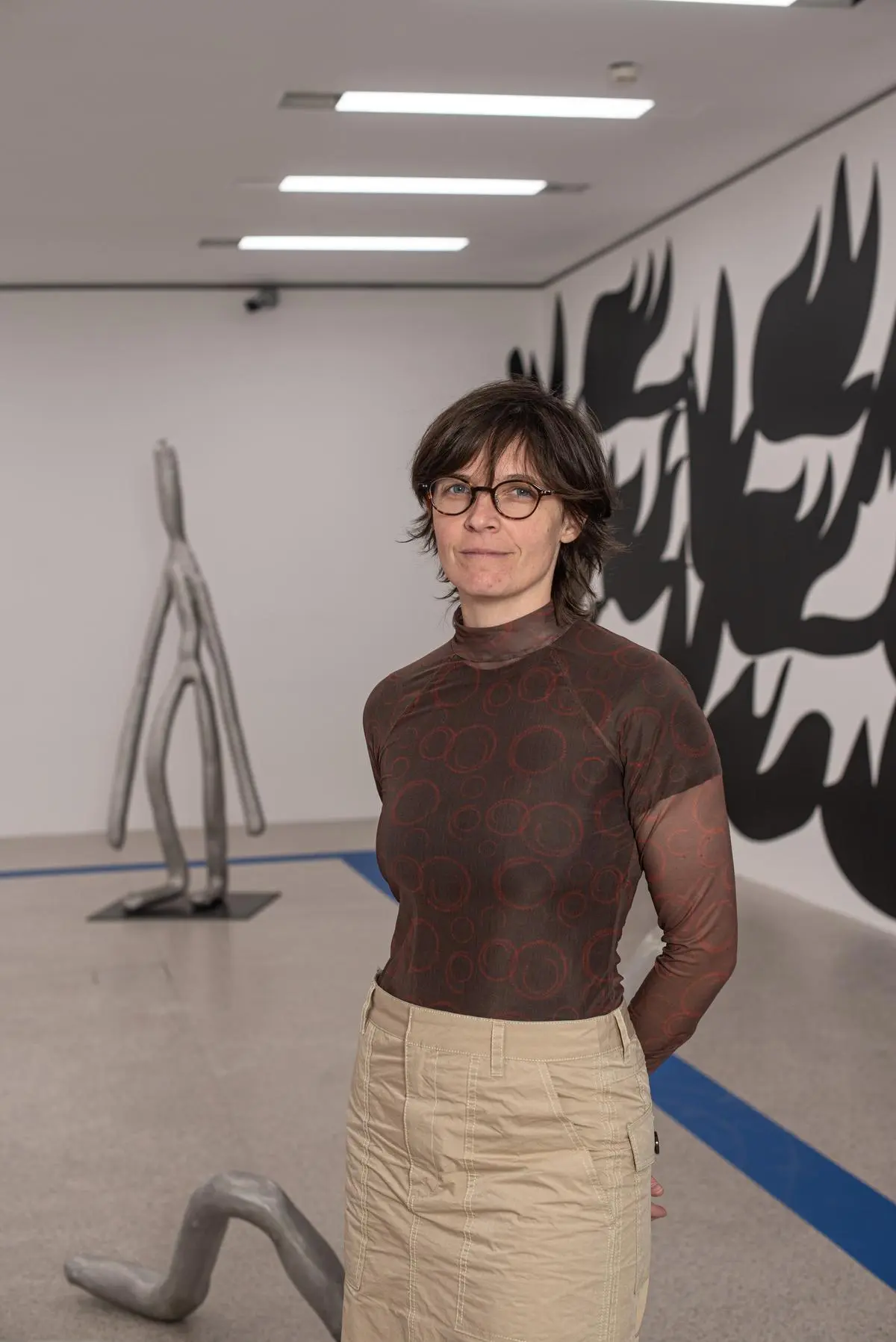Real estate instead of trees save the Federal Forest – Diepresse.com

The damage to the Federal Forest due to the consequences of the climate crisis amounted to 50 million euros in the previous year. The main areas of real estate, tourism and renewable energy were lucrative. Core business should still remain the forest.
Vienna. « The climate crisis is now clearly noticeable in the domestic forests, » says Georg Schöppl, board spokesman for the Federal Forest. This noticeably reduced the profit of the Federal Forest in the previous year. Thanks to the real estate business and renewable energy, the company nevertheless showed the third highest input tax in the company’s history with EUR 49.5 million. The annual surplus fell by 4.7 million to 38.2 million, the distribution to the republic from EUR 26.9 to EUR 23 million.
Almost 50 million euros were all forest damage together in the previous year, explained board member Andreas Gruber. Almost ten million of them were bark beetle, 9 million on infrastructure damage, in particular on forest paths that had to be repaired. Three quarters of the wood, which was harvested last year, was damaged – the lower price achieved at higher extraction costs reduced the company income by almost 30 million euros. Despite the high proportion of damaged wood, the average price only decreased by a good four percent.
Review of real estate
Although the wood area contributes almost 63 percent of the Bundesforste operating performance at EUR 233 million, only 1.3 million euros were made here in 2024. Traditionally, the profit from the core area of the 100-year-old company fluctuates strongly. Real estate and tourism contributed 35.4 million euros to profit, also thanks to a once effect for new ratings, the renewable energy.
In 2024, “the biggest storm damage from the past 15 years” brought in, in autumn the flood of the century, which also affected the Federal Forest. With reference to such uncertainties, Schöppl does not want to make a forecast for 2025. « If we weren’t a natural company, I would make a very positive forecast », but in 2024 I showed: « A few days of rain or a large storm can completely confuse the year for us. »
Apart from the adaptation of the forests to climate change and real estate projects, planned are planned, among other things, a hydropower plant in the Brixental, further wind turbines in Styria and the increase in their own teams for the wooden harvest. In particular, it is about being able to quickly remove damaged wood from the forest at difficult to access – in order to prevent bark beetle infestation. As a result, the employee of 1,032 will increase by 25 people. The increase in personnel costs is considerable: between 2020 and 2024, personnel costs rose almost half to EUR 95 million.
Forest remains core business
Even if real estate and renewable energy contributed the lion’s share of the profit, the « forest of the future » remains the core business, emphasized Gruber. This will have a higher diversity of tree species and a more mixed age structure than the forest today. In ten years, however, one should not expect the big leap « that will take ». Gruber said that the Federal Forests can handle their own investments on their own.
A lot has to be invested in forest care – in the previous year it was 18.6 million euros including bark beetle fighting. It is particularly important to maintain the “young wood areas”, as it is best to intervene in the future composition of the tree species. The Federal Forest increasingly rely on « nature rejuvenation », what helps save. The forest saves more CO2 than it gave, the two board members insured. Most recently, a study in Germany had had doubts as to whether the forest could still keep this function in view of the climate change.
State has little forest
The federal forest is responsible for around 15 percent of the forest area of Austria, including many nature reserves and protective forests. However, Austria is the country with the second lowest state quota in forest ownership in Europe. In Germany, the state holds more than a third of the forest area, compared Schöppl. From the entire wood processed in Austria, the Federal Forest represents five to six percent, said Gruber.
In principle, the Federal Forests would have the potential to invest EUR 300 million in the energy generation over the next 5 to 7 years, but « the effort of the approval procedures is also available, » SCHÖPPL put into perspective. (APA)








